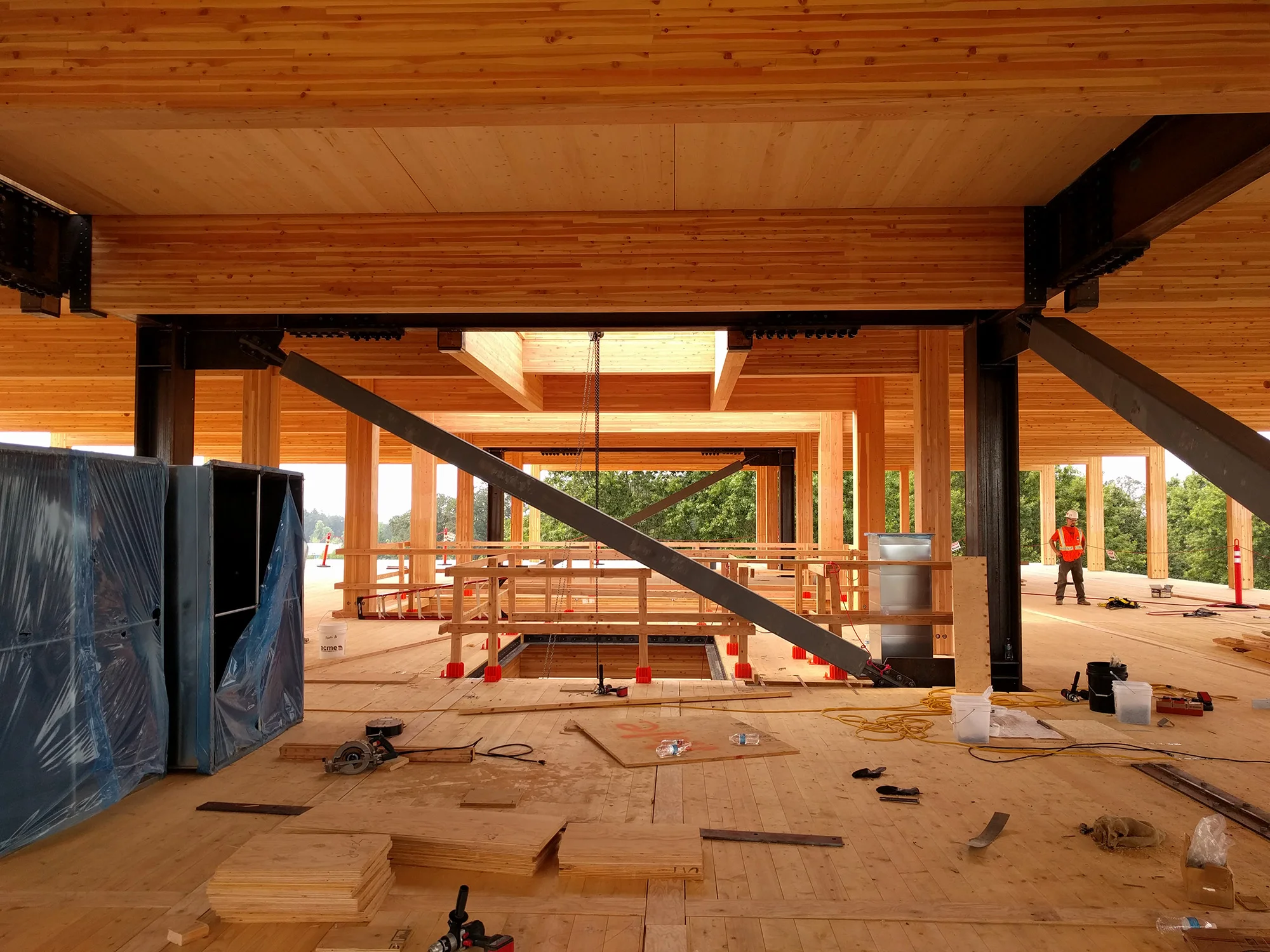How Can Our Work Bring Us Closer to Each Other and Our World?
L-R: Caitlin Ranson, Sarah Post-Holmberg, Amelie Reynaud, Vijayeta Davda
Welcome to my blog. I document my adventures in travel, style, and food. Hope you have a nice stay!
L-R: Caitlin Ranson, Sarah Post-Holmberg, Amelie Reynaud, Vijayeta Davda

